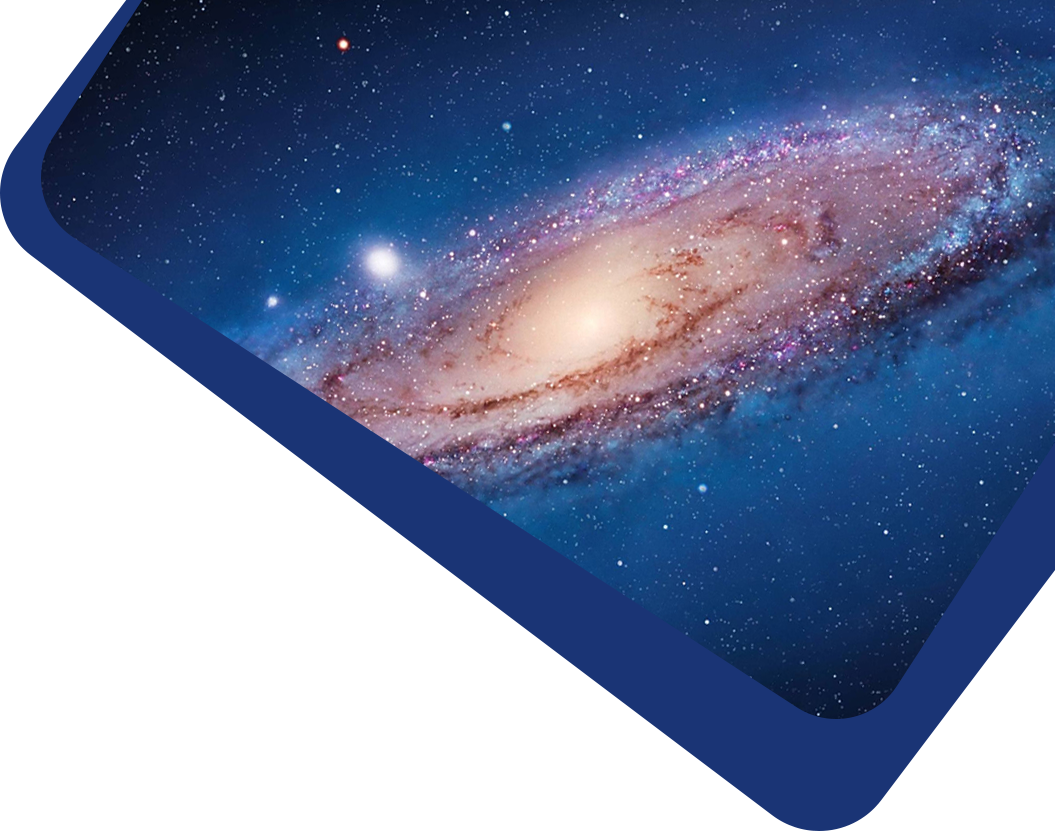This study analyzes the evolution and dynamics of intensity oscillations in coronal sunspots and their surroundings using multi-wavelength image data from the Atmospheric Imaging Assembly (AIA) and Helioseismic and Magnetic Imager (HMI) on board the Solar Dynamics Observatory (SDO). Intensity time series were extracted and analyzed from consecutive macropixels along thin coronal loop paths originating in a quiet sunspot. Fourier and wavelet analyses of corrected intensity time series reveal dominant 3 and 5 minute oscillations. Signals were filtered using the Fourier and inverse transforms to isolate narrow bands around the dominant oscillation periods. Diagrams and time-distance maps of intensity time series were plotted for Fourier-filtered AIA 131 Å, 171 Å, 193 Å, and 211 Å channels, along with SDO/HMI magnetograms and dopplergrams at 6173 Å. The plots clearly show propagating oscillations with amplitude modulation (AM) across all macropixels along selected coronal paths in nearly all AIA and HMI channels. The phase speeds of the filtered oscillations, measured via slope calculations in time-distance maps, indicate that the intensity disturbances are slow magneto-acoustic waves. These results suggest that AM likely arises from the superposition of counter-propagating waves with slightly different frequencies (beta-like phenomena) due to Doppler shifts from background plasma flow along loop paths. Validating this hypothesis could establish AM’s significance in solar coronal seismology for determining background plasma flow speed, the source of long-period oscillations, and coronal plasma heating mechanisms.



